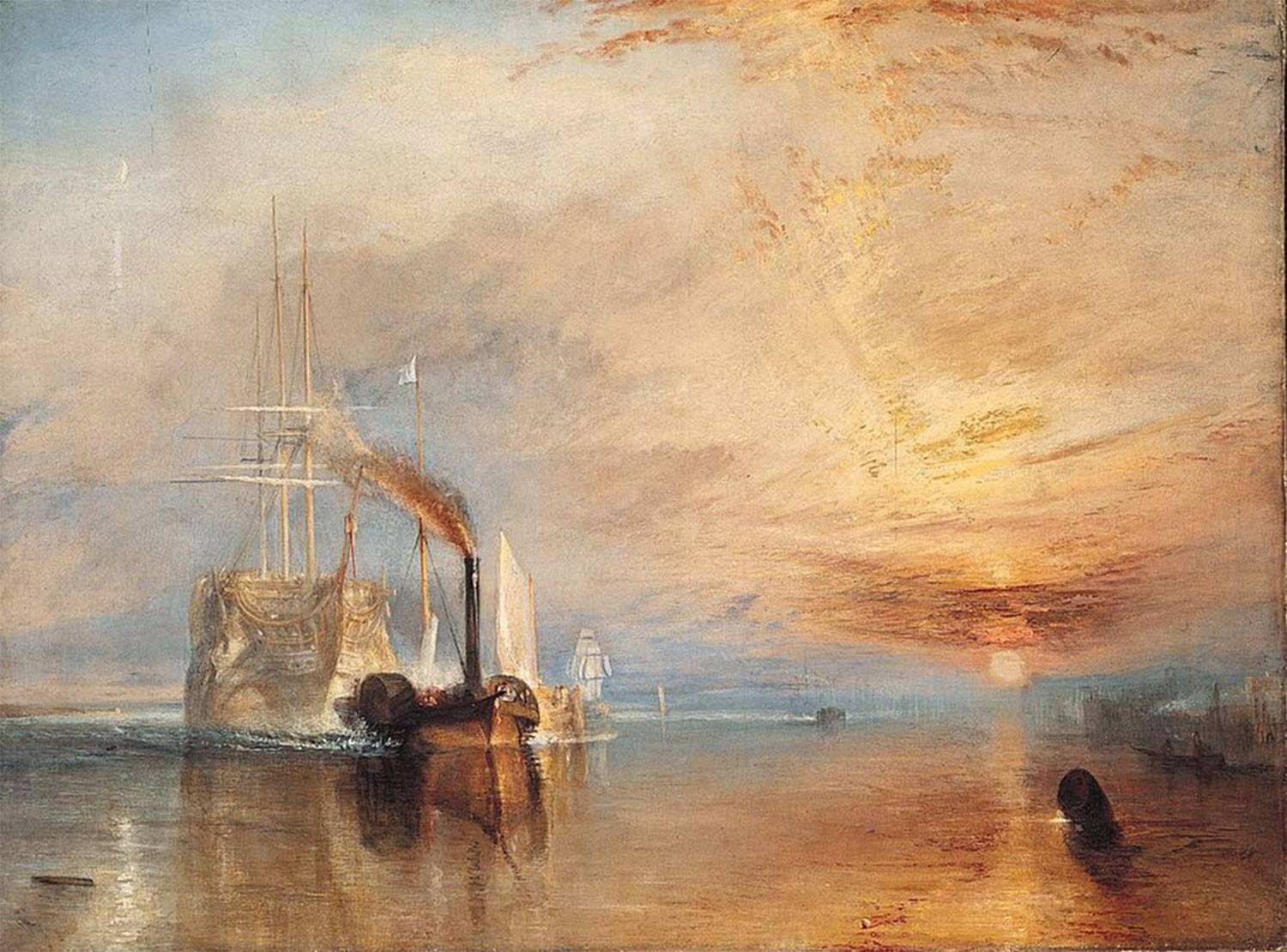Watercolor art has a charm that pulls people in. There’s something about its softness, transparency, and unpredictable beauty that makes it completely different from other mediums. Whether you’re walking through a gallery or scrolling through original watercolor paintings for sale online, you can tell right away when a piece is special. But what really makes one painting stand out from the rest? Let’s break it down together.
The Beauty of Imperfection
Perfection is not the goal of watercolors. That’s what makes them so lovely. Character is added to the artwork by the unusual textures, leaking hues, and somewhat uneven edges. It seems more alive and human. Even if the artist paints the same subject again, no two paintings have the same appearance. Because of this unpredictability, every painting has a unique personality.
Transparency That Speaks Volumes
Watercolor’s ability to allow light to filter between the layers is among its most enchanting features. The paint interacts with the paper rather than covering it. This produces a luminescent effect that is unmatched by other media. This is a common technique used by artists to add depth to their work without overdoing the colors. Lightness and allowing the painting to breathe are key.
Color Choices That Feel Personal
The way an artist uses color in watercolor work can say a lot about them. Some go for soft pastels, while others use bold pigments with strong contrasts. There’s no right or wrong way—it’s all about what feels right to the artist. But one thing is certain: the best pieces usually have a consistent color mood. Whether it’s calming blues or warm rust tones, that mood stays with you.
Balance of Warm and Cool Tones
Skilled watercolor artists know how to balance warm and cool tones. They don’t just toss colors on the paper—they think about how those colors interact. A warm background can make cooler foreground elements pop, and vice versa. This kind of color harmony makes the painting easier to look at and more memorable.
Water Control Is Everything
Ask any watercolor artist and they’ll tell you—controlling water is half the battle. Too much water, and things get muddy. Too little, and the painting can look stiff. Artists who know how to strike that balance create smooth blends, crisp edges, and that perfect washed look. You can see the confidence in the brushstrokes when water is used just right.
White Space Matters
Unlike oil or acrylic painting, watercolors don’t usually rely on white paint. Instead, the white parts of the painting are often just untouched paper. That means every bit of white space was left intentionally. It’s not a lazy gap—it’s a thoughtful pause. Good use of white space adds balance and helps guide your eyes through the artwork.
Letting the Paper Breathe
Leaving areas blank doesn’t mean something is missing. It means the artist gave the painting room to rest. That negative space helps highlight the main subjects. Without it, things could get crowded or overwhelming. It’s kind of like knowing when to stop talking so your words have more meaning.
Detail Where It Matters
You don’t need every inch of a watercolor painting to be packed with detail. In fact, the opposite often works better. The best artists know where to focus their energy—usually on the center of interest. This helps draw the viewer in while the rest of the painting quietly supports the main idea. That balance between detailed and loose brushwork can be incredibly striking.
Storytelling Through Simplicity
Watercolors tell stories in soft whispers, not loud shouts. A single tree on a hill, a peaceful stream, or a lone figure in the distance can say more than a busy scene full of elements. The quietness of watercolor invites people to stop and feel something. It’s not about explaining—it’s about evoking a mood.
Mood Over Message
Not every painting needs to “mean” something in a deep, literal way. But the emotion it gives off—the feeling you get from looking at it—that’s what sticks. Whether it feels peaceful, lonely, nostalgic, or dreamy, that emotional pull is what keeps people coming back to look at it again.
Signature Style You Can Recognize
The best watercolor artists have a style that’s easy to spot. You can tell their work apart even without reading their name. That doesn’t mean they paint the same subject every time—it’s more about how they use brushwork, color, and composition. Their style becomes a quiet voice that runs through all their pieces.
Confidence in Technique
It takes time to paint loosely but with control. The artists who pull this off have usually put in years of work. You can see the difference in how they move their brush, how they layer their colors, and how they let water do its job without losing control. There’s a relaxed confidence that comes with practice—and it shows.
Connection With the Viewer
A painting stands out when it connects with someone. You might not even know why a certain piece catches your eye—it just does. Maybe it reminds you of a place you visited or a feeling you once had. Great watercolor work doesn’t force a connection; it leaves space for the viewer to find their own meaning.
Final Thought
Original watercolor paintings are not distinguished by a trade secret or pricey supplies. It concerns the artist’s use of this fragile material to produce an honest and expressive work. Every choice you make, from color schemes to water management, affects the outcome. The best pieces gently hold attention rather than shouting for it.
